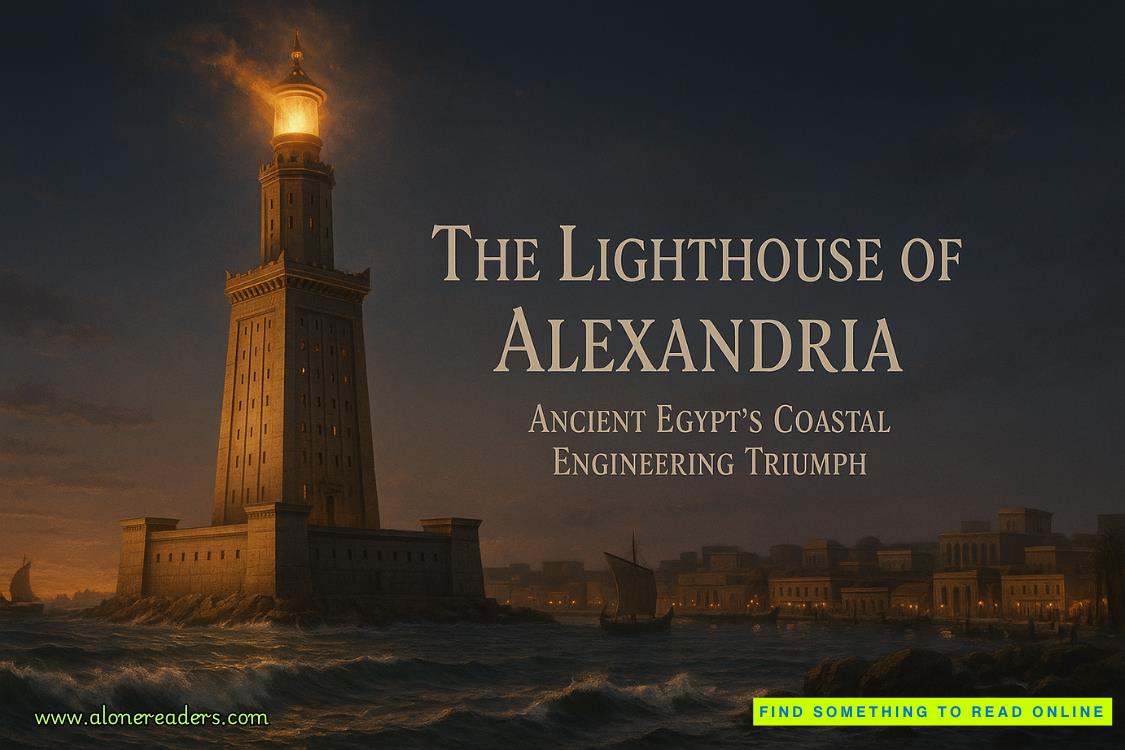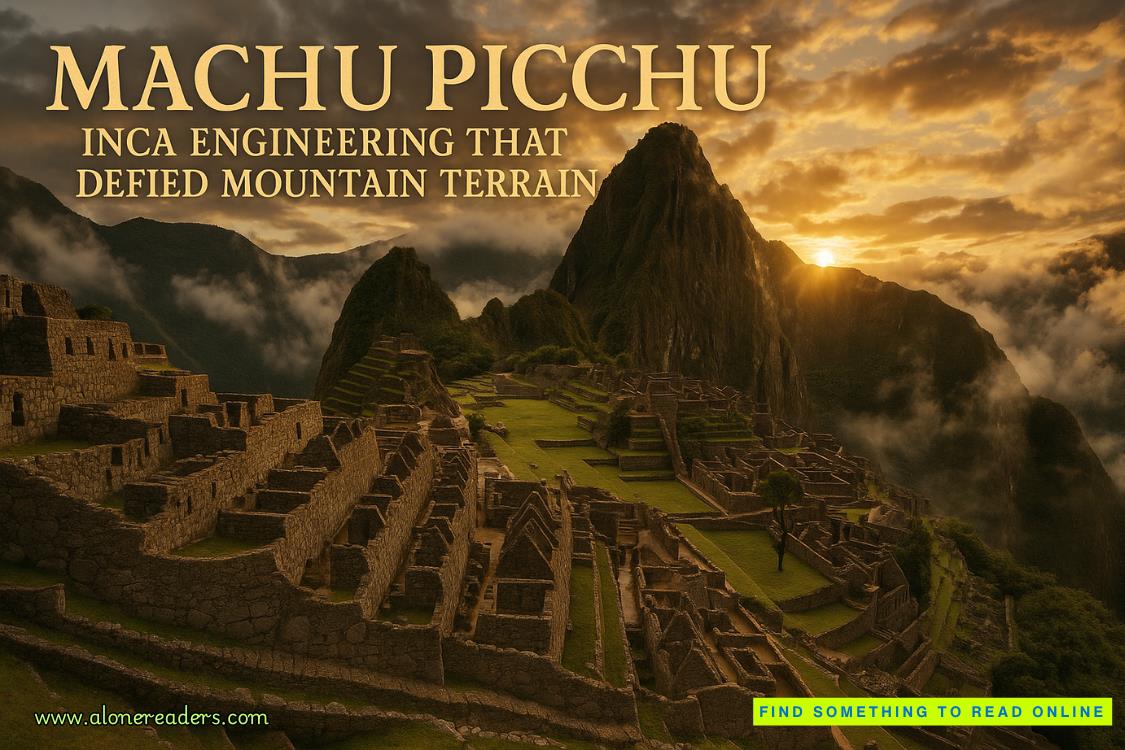Page 43 of Clive Cussler Desolation Code
It was a simple math problem. The five-ton submersible could not provide enough buoyancy to hold up the remains of the forty-ton whale.
They passed two hundred feet and began to accelerate. Another math problem. This one related to the physics of water. As the depth increased, the pressure increased. That was not an immediate problem for the sub, but it squeezed the carcass and forced out whatever air and gas remained behind. In effect, the deeper they went, the heavier the whale became.
They passed three hundred feet and Gamay began to worry. NUMA submersibles were designed to withstand the pressure down to several thousand feet, but this was not a NUMA submersible. It was a craft designed and built on Reunion and used by the university students for the last decade. “What’s the test depth on this thing?”
“It’s been rated to a thousand feet,” Chantel said. “But I don’t think we’ve ever taken it below five hundred.”
Five hundred was coming up fast and there was nothing to suggest they’d stop there.
“Use the coring probe,” Gamay said.
“To do what?”
“Cut holes in the whale. It’s badly decomposed. If we can perforate it in enough places, we might be able to open a fissure and slip through. Or it might slide off us as our lift creates an instability in the system.”
Chantel switched back to the excavation controls. Spinning the core sampler up to full power, she had to guess at the direction to point it in, as there was no way to see outside. She angled it in what she hoped was a good direction and pushed it forward. She could hear the motor spinning and had a green light on the panel, but all she could see out the side port was the blubbery flank of the dead whale. It was even possible the arm was pinned against the side of the craft, spinning uselessly.
She twisted the controls back and forth. A yellow light came on, suggesting she was overloading one of the control motors. The sampler continued to spin, but a separate indicator told her the tube was empty.
“I’m not getting anything,” she told Gamay. “I think the arm is trapped in a down position. I can’t raise it.”
Gamay saw them go past five hundred feet and realized they were quickly running out of time. The only option she could think of was highly risky—it would either doom them or save them—but if she waited much longer, it would be too late to try.
Nervously, she thought of Paul. “Flood the tanks,” she said firmly.
“What?” Chantel replied, her eyes wide and uncomprehending.
“Release the air and flood the tanks.”
“That will just sink us faster.”
“Exactly,” Gamay said. “We can’t go up, so we have to go down. Once the tanks are flooded, we’ll be denser than that carcass. Weshould sink faster and be able to get out from under it. But if we don’t do it soon, we’ll run out of depth to try.”
Chantel looked like she was going to be sick. “There has to be another way.”
“There isn’t,” Gamay said. “Now flood the tanks. Before it’s too late.”
The young woman choked back her fear, steeled herself, and threw open all the valves. A series of banging sounds accompanied the gates opening and the water slamming into the empty space inside, forced in by the pressure of the depths.
“Fifty percent…” Chantel said. “Seventy percent…Tanks full.”
The whale hide slid upward on the windows, but friction was holding the submersible in place, and the depth continued to increase. They passed six hundred feet, dropping twice as fast now and still not free.
Gamay rocked the ship from side to side and then pointed the thrusters downward and pushed the power to full. The submersible moved with a jerk and then pulled free. The view through the viewport went from gray whale hide to pitch-black water.
Gamay kept them on a downward trajectory. She needed to get enough space between them and the whale to slide out from beneath it without getting caught up once again.
Chantel pointed the lights upward. They could see the animal’s body above them retreating slowly and shedding a stream of bubbles made from the air that the sub had expelled. As they pushed asymmetrically on the carcass, it rolled over and accelerated downward, its extremities folded up, looking something like an inverted jellyfish.
“Seven hundred feet,” Chantel called out. “That’s our design depth.”
Gamay shoved the throttles forward. Their own dive slowed, but the whale came on faster than ever. Gamay tensed, gritting her teethin anticipation of the impact. There was a heavy thud on the tail of the sub, tilting its nose upward, but the small craft quickly righted itself.
Chantel aimed the exterior lights downward. The gray carcass had passed them by and was dropping into the deep dark of the ocean. She kept her eyes on the remnants of the animal, thinking how it would continue to fall for another ten minutes or so until it hit the bottom twelve thousand feet below. “That’s a sight I never thought I’d witness.”
“Let’s make sure we don’t follow it,” Gamay replied. “Blow the tanks. Mains first and then the trim tanks.”
Chantel closed the vents and opened the air valves once more. She noticed how much slower the tanks filled at this depth. Across from her, Gamay had rotated the thrusters and was using them to help arrest the sub’s descent.















